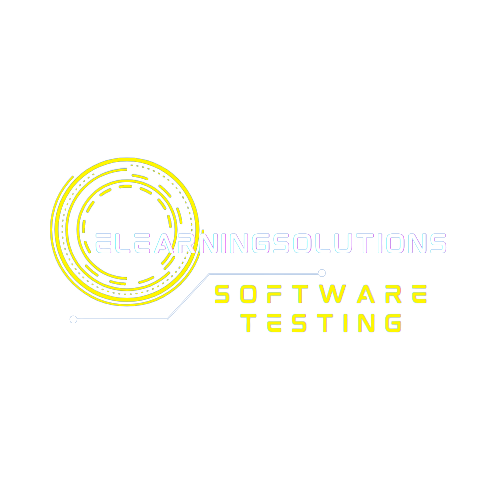TMM in Software Testing – Navigating the Landscape of Software Testing Maturity
In the ever-evolving world of software development, ensuring quality is paramount. Software testing serves as a critical line of defense, but how do you measure the effectiveness of your testing practices? Enter the Test Maturity Model (TMM), a valuable framework that helps organizations assess and improve their software testing maturity. This blog delves into the intricacies of TMM in Software Testing, exploring its functionalities, benefits, and its role in enhancing your software development lifecycle (SDLC).
Demystifying TMM: A Framework for Continuous Improvement
The TMM, originally developed by the Illinois Institute of Technology, is a process improvement model specifically designed for software testing. It provides a structured approach to evaluate an organization’s testing practices and identify areas for improvement. TMM operates on a five-level scale, with each level representing an increasing degree of testing maturity:
- Level 1 – Initial: Ad-hoc testing practices with limited processes and documentation.
- Level 2 – Repeatable: Defined testing processes are in place, but with minimal formality or control.
- Level 3 – Defined: Standardized testing processes are documented and followed consistently.
- Level 4 – Managed: Testing processes are actively measured and controlled, with metrics in place to track progress.
- Level 5 – Optimizing: Continuous improvement is a core principle, with testing processes constantly evolving to adapt to changing needs.
The Benefits of Embracing TMM: A Roadmap to Success
Implementing TMM offers a multitude of benefits for software development organizations:
- Enhanced Software Quality: By identifying and addressing testing gaps, TMM helps organizations create higher-quality software with fewer defects.
- Improved Efficiency: TMM promotes standardized processes and streamlined testing activities, leading to increased efficiency and reduced testing costs.
- Risk Mitigation: A mature testing process helps uncover and address potential risks early in the development cycle, minimizing the likelihood of costly late-stage defects.
- Greater Control: TMM provides a framework for measuring and controlling testing activities, enabling better decision-making and resource allocation.
- Improved Communication: Standardized processes and clear communication channels foster collaboration between development and testing teams.
Navigating the Journey: Implementing TMM in Your Organization
Taking your organization on the TMM journey involves several key steps:
- Conduct a TMM Assessment: Evaluate your current testing practices against the TMM framework to determine your baseline maturity level.
- Develop a Roadmap for Improvement: Based on the assessment, define clear goals and action items to improve your testing processes.
- Implement Changes: Gradually implement process improvements, focusing on areas with the greatest impact.
- Continuously Monitor and Improve: Regularly assess progress, track metrics, and adapt your testing practices based on ongoing evaluation.
Beyond TMM: Complementary Approaches
While TMM provides a valuable framework, it’s important to consider it alongside other complementary approaches:
- Test Automation: Leveraging automation tools can significantly enhance efficiency and reduce manual testing efforts.
- Agile Testing Practices: Integrating testing into the Agile development lifecycle promotes continuous feedback and early defect detection.
- Defect Tracking and Management: A robust defect tracking system ensures effective tracking, resolution, and prevention of defects.
Conclusion: A Guiding Star
The TMM serves as a guiding star, illuminating the path towards improved software testing maturity. By embracing its principles, organizations can establish a robust testing foundation, navigate the ever-changing software development landscape, and ultimately deliver high-quality, reliable software products. Remember, TMM is a continuous improvement journey, and by actively evaluating and optimizing your testing practices, you can ensure that your software remains a beacon of excellence.
You may be interested in:
Learn All Basic Concepts of SAP ABAP Quickly and Easily
SAP Business Workflow: Streamlining Business Processe
Ad Hoc agent assignment in Workflow
Configuring Events for HR Workflow

